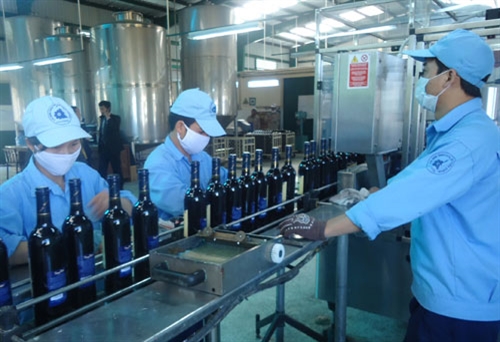With a view to tightening the management of state budget collection and spending, the Ministry of Finance has, in coordination with related ministries and sectors, elaborated a draft program on thrift practice and waste combat for the 2016-20 period.
The program, which would be promulgated under a decision of the Prime Minister, sets forth several tasks including continual implementation of the overall economic restructuring scheme in line with growth model transformation as well as other sectoral restructuring plans towards higher quality and efficiency.
The draft program also attaches importance to restructuring, and enhancing the management of, the state budget, striving for the targets that state budget mobilization would make up 20-21 percent of GDP and state budget deficit would be kept at below 4 percent of GDP by 2020.
To achieve these goals, the draft program sets several solutions, including reducing state budget expenditures, especially current expenditures and asset procurement expenditures. Borrowed capital would be strictly managed and effectively used, step by step reducing government-backed loans and loans of local administrations and state enterprises. In addition, it is necessary to fight against waste in procurement of state assets as well as use of workforce and natural resources.
The draft program also sets specific savings targets for “big spenders” such as the science-technology, education and training, and health sectors. It requires the science and technology sector to apply the contract-based funding mechanism and make public costs and outcomes of scientific researches. As for the education sector, a new school fee policy would be implemented, aiming to ensure reasonable cost sharing among the State, learners and other stakeholders. With regard to healthcare services, in addition to state budget capital, the State would further mobilize funds from other sources to invest in the sector while transforming the currently applied charging regime for medical examination and treatment into a new medical service pricing regime.









